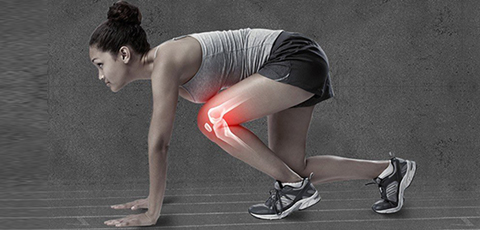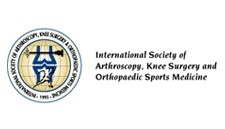Marathon Runner’s Hip
Long distance running may result in overuse injuries that affect the joints such as the hips and knees. The hip joint is a ball and socket joint formed by the thigh bone and the pelvic bones. Smooth cartilage lines the bones within the joint allowing them to smoothly glide over each other. Surrounding muscles, tendons and ligaments provide support and stability. Repeated stresses from running may damage any of these structures resulting in pain, swelling and reduced mobility of the hip.
Common hip injuries due to running include:
- Hip bursitis: Bursae are fluid-filled sacs present between joint bones and surrounding muscles and tendons, providing cushion and lubrication during movement. Overuse may result in inflammation of the bursae, called bursitis, causing pain and stiffness.
- Iliopsoas tendinitis: Overuse causes inflammation of the iliopsoas muscles, which arise from the lower back and extend across the hip joint. Iliopsoas tendinitis causes groin pain.
- Iliotibial band inflammation: The iliotibial band is a tendon that starts from the hip and runs down the outside of the thigh to the shin bone, just below the knee. This band may get inflamed and become tight, usually causing pain at the knee.
- Snapping hip syndrome: Tendons that glide over the hip joint during movement may experience resistance from bony protrusions, resulting in a popping or snapping sensation, and pain.
- Hamstring injuries: The hamstrings are muscles that run down the back of the thigh, and are attached by tendons at the buttocks and knees. Long distance running may result in damage high up in the hamstrings causing pain in the buttocks. Stress fractures: Repeated stresses from running may result in fractures of the bones of the hip joint.
Injuries usually result from a sudden increase in duration, intensity or frequency of training. Poor running technique and improper foot gear may also result in injury due to increased stress on the hip joints.
Your doctor will review your symptoms and perform imaging studies such as X-rays or MRIs to identify the cause of hip pain.
Marathon runner’s hip is usually treated by rest, ice application, anti-inflammatory medication, and physical therapy modalities such as massage, muscle strengthening and stretching. Advice on proper training, running technique, and shoe gear may be provided. Surgery may be necessary to treat severe or persistent conditions.
Other Hip Conditions
Hip Joint
- Hip Pain
- Hip & Groin Disorders
- Hip Labral Tear
- Femoro Acetabular Impingement (FAI)
- Chondral Lesions or Injuries
- Osteoarthritis of the Hip
- Hip Synovitis
- Hip Stress Fractures





























